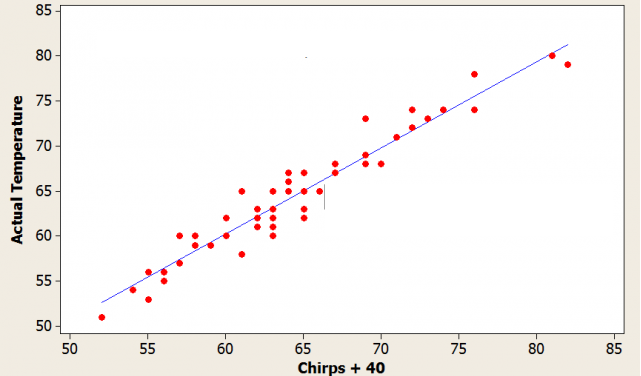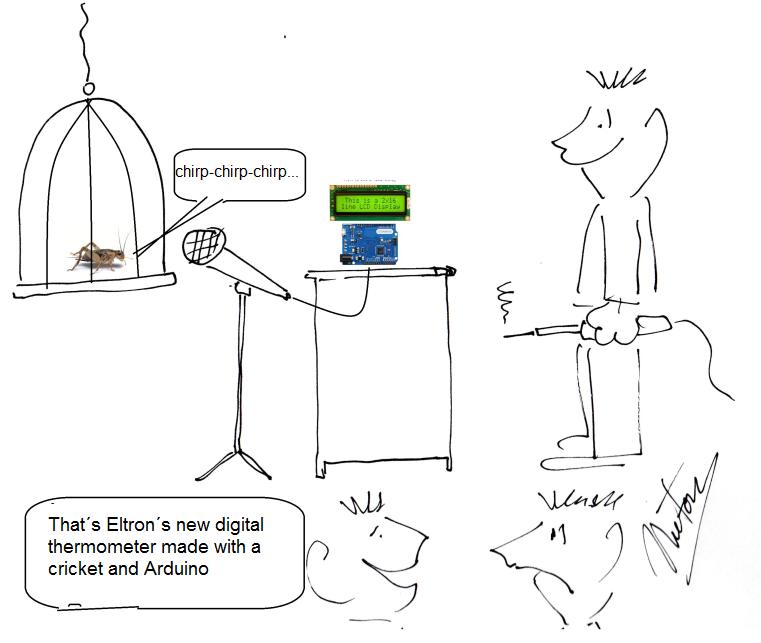Animals and plants have senses developed over millions of years by nature, capable of sensing everything that occurs in the environment and that is important for their survival.
We have already talked about fish that have lateral lines that are sensitive sensors of vibrations or electric fields, plants that can perceive climatic changes and insects, and other animals that seem to perceive changes in the mechanical tension of tectonic plates, thus predicting the occurrence of earthquakes.
And there are the senses which we don't know, but that we suspect to be present in animals. It is very strange the reports of people who, after the tsunami in the Indian Ocean, were surprised that they did not find any animal bodies, as if they had been warned and fled before.
An interesting idea of an animal sensor comes from a researcher named Amos Dolbear who in 1897 published a paper relating the rate of the crickets chirp to the ambient temperature.

The work suggested that crickets could be used as accurate thermometers and even established a formula relating the temperature in Farenheit to the frequency of the crickets-chirp given below.

For degrees Celsius the formula is:

A simplification, for those who want to experiment, is to count how many times the cricket chirps in 8 seconds and apply the formula below.

For example, if the cricket chirps 20 times in 8 seconds, then we have:

Clearly, the application of the formula is not accurate. The graph given in Figure 1 shows a statistical curve obtained in an experiment which can be done by students in an interesting research work.
Some researchers suggest that other variables can influence the cricket chirp, such as air humidity and even violent climatic changes. There is still much to be researched.
And where does the Arduino appear?
There are no limits for the application of microcontrollers in the most diverse projects. The idea of an interesting bionic project would be precisely to have a “cricket thermometer” which is based on the frequency of the insect's “singing”.
Evidently, we do not intend for the readers to attach a cricket to a cage in their project, however, it may be confined to an appropriate location in their garden with a small microphone.
Amplifying the chirp, we can process the signal thus obtaining pulses for counting. Then, just program in the Arduino the algorithm which calculates the temperature and that's it.
The cricket thermometer will be done. Our character Eltron has already done his.





